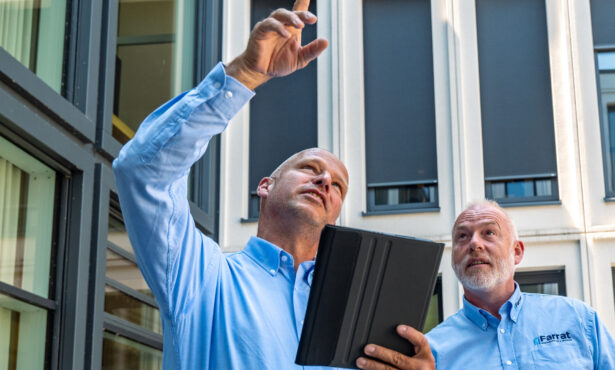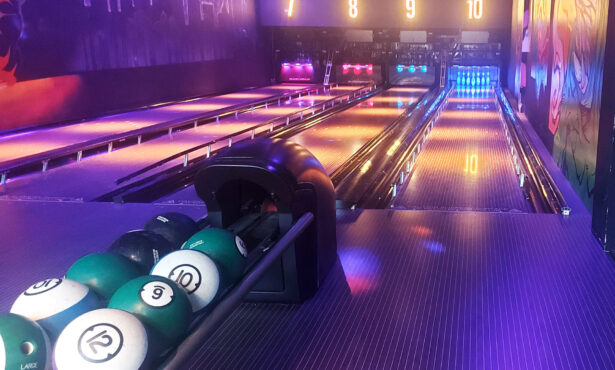Industrial machinery has the potential to generate structure-borne sound and vibration that propagates to the surrounding floor and structures affecting nearby sensitive equipment and workers, having an influence in its precision and damage to inner tooling and potentially having significant effects on its performance. It is, therefore, necessary to minimise the transmission of the disturbances.
An Isolated Foundation can be engineered to protect sensitive machinery from external vibrations (passive isolation) or reduce vibrations and prevent them from being transmitted to the surrounding environment (active isolation).
How do they work?
Isolated Foundations are a vibration isolation solution, frequently used across industrial, construction and power generation sectors. The system comprises of a concrete inertia block, to which equipment or machinery is rigidly or softly connected based on the application. Vibration isolation material, provided by Farrat, surrounds the foundation to prevent vibration from either entering or leaving.
The isolation efficiency – usually measured in terms of transmissibility – depends on different aspects that must be taken into consideration when designing an Isolated Foundation. The mass, dimensions, and operating speed of the machine – as well as system stability and isolation performance required – are all factors used by our R&D engineers to determine the material and overall isolation system that can meet particularly challenging clients’ requirements.
Typical configurations
With over 60 years of experience in providing vibration isolation solutions for machinery and equipment, Farrat provides the most cost-effective and easy-to-install Isolated Foundation solution for each enquiry. This enables machinery to maximise its productivity while maintaining a safe working environment. The main components of the isolation system are:
- Inertia block – adds mass to the system, increasing the level of compression of the anti-vibration pads to improve their isolation performance. It also provides more stability to the structure and reduces the rocking of the machine because of increased stiffness and lower centre of gravity, thus maintaining alignment during changes in static and dynamic loads. This is known as “mass damping”.
- Cork composite strips – used on top of the side walls to add lateral stiffness. They prevent rocking of the foundation and increase its stability. It also helps to reduce the lateral vibrations from being transmitted in or out of the system.
- Void Former – used to support the strips on the walls and ensure a flat surface on the base to distribute equally the loads from the inertia block and machine onto the anti-vibration pads. It supports the wet concrete until it hardens, then creeps under the loads to allow the pads to take the full load and perform.
- Anti-Vibration pads – flexible elements used between the inertia block and its supporting structure to attenuate the transmission of shock or vibration and isolate the system. They are usually made of rubber which offers ideal performances for a large number of applications but can also be polyurethane foam or helical steel springs for special types of enquiries.
Next steps
We recommend that anyone looking for a vibration control solution for machinery explore our range of services and solutions here.
Technical information regarding Isolated Foundations can be found in this brochure.
Alongside this, our CPD training resource ‘Industrial Module 02’ from our On-Demand CPD library presents real case studies on the effects and benefits of using Isolated Foundations under Impact Machinery.
#onamission







